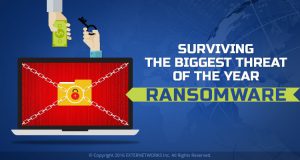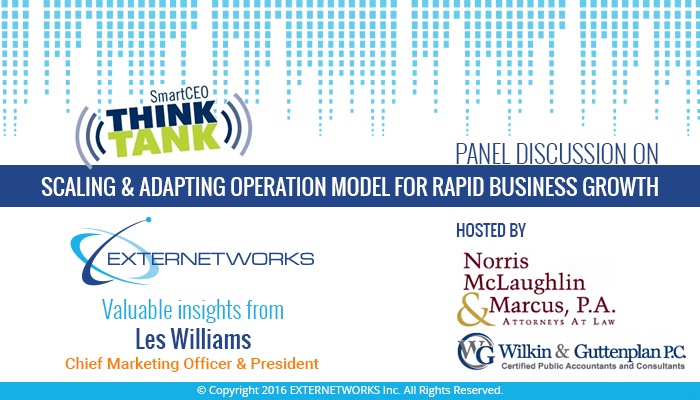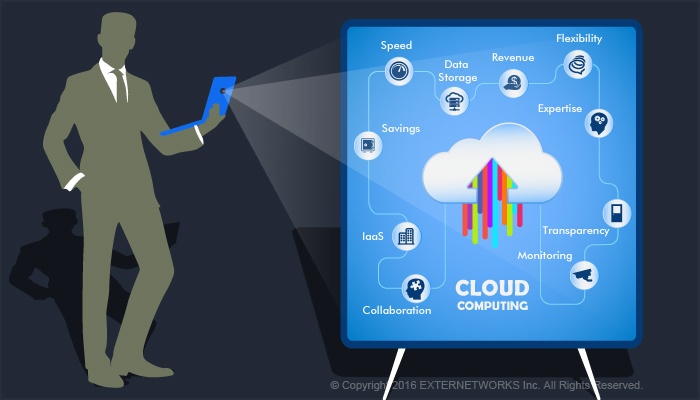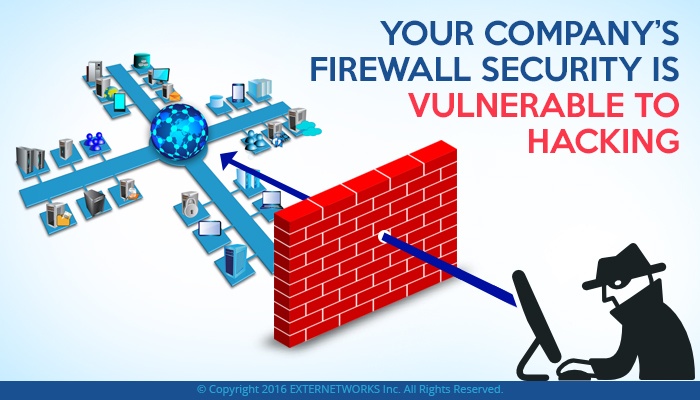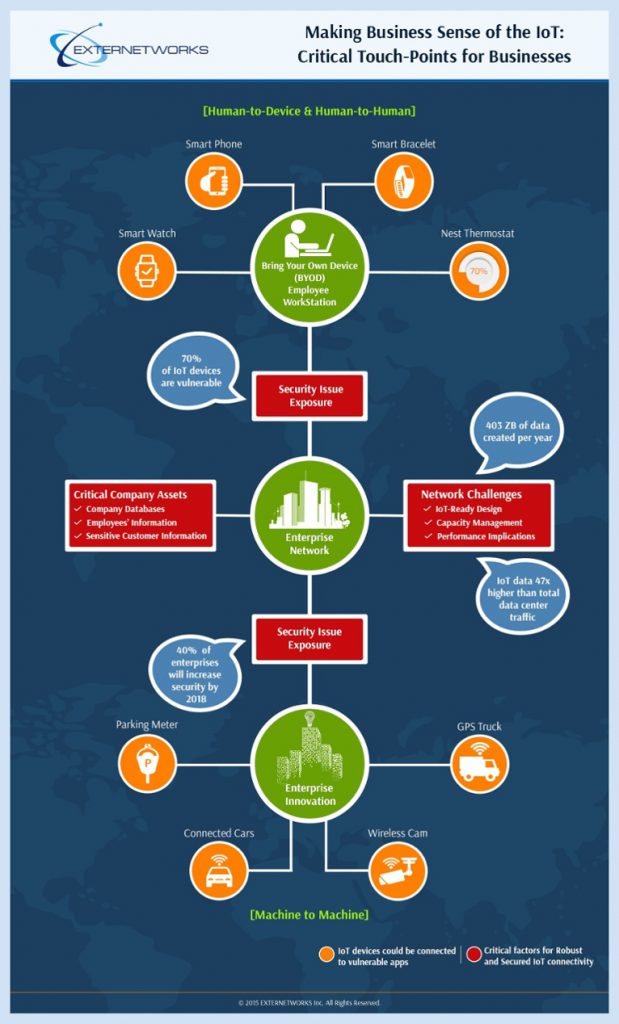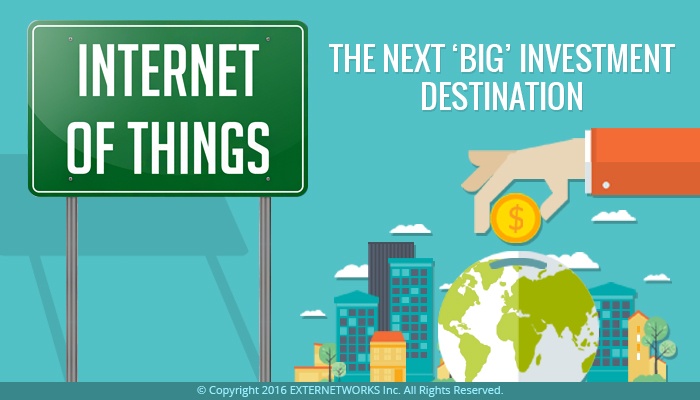Using IoT Data to Generate Recurring Revenue Opportunities
The Internet of Things (IoT) has been forecast to be larger and more significant than the emergence of laptops, mobiles, and tablets, all put together. However, in spite of the IoT’s enormous popularity and growth, most organizations fail to cash in on the service revenues from their IoT solutions. You need to bear in mind that the IoT is all about data; it is the services model that will help organizations monetize and build successful recurring revenue models. In this blog, you will learn how just monetizing the IoT is not enough, but building recurring revenue billing models can help you gain the maximum benefits from all that the IoT has to offer. Read on to find out more.
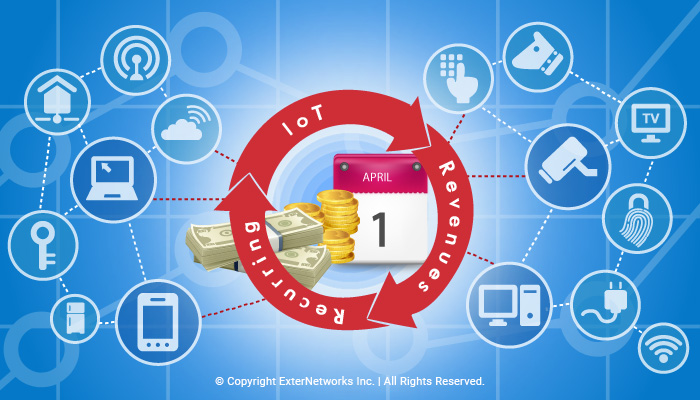
Internet of Things can help your business generate recurring revenues consistently.
Organizations today are approaching the IoT business with the same attitude as they would any other retail business of selling products to their consumers. So, many companies today have jumped onto the bandwagon and are releasing all kinds of new IoT products from plant moisture monitoring, fitness monitoring devices to even connected light bulbs. However, most companies fail to understand that if they want to be successful in the IoT industry, they would need to try different business models or even different billing models to gain from the tremendous opportunities that the IoT offers today and in the future.
IoT companies should focus on providing products or even services through which they can resell and have an ongoing engagement with the customer. You need to capitalize on the fact that IoT connected devices are always on and capture valuable customer data; they are updateable and extendable.
With this captured data, a recurring revenue model can come into play. You can build a recurring revenue stream that will supply your IoT business with predictable revenue streams, richer customer engagements, and higher customer lifetime value (CLV). Read on to find out how you can use your IoT business to generate incremental revenues.
Need for CMR Model to Create Recurring Revenue
To create recurring revenue business model for IoT, your product or service must follow the ‘CMR Model.’ Bob Harden proposed the ‘CMR Model’ in ‘From One-time to a Lifetime’ guide eBook. The letters in the acronym ‘CMR’ stand for ‘Consumable’, ‘Measurable’ and ‘Repeatable’. The CMR Model works just as well for IoT business as it does for any other kind of business that is trying to build a recurring revenue model.
So, if you can create an IoT product or service that can be consumed by people on an ongoing basis, measured in quantifiable terms, and re-sold repeatedly to your customers, you will have a successful recurring revenue model working for your IoT business. When you choose such a model for your IoT business, there are several benefits you derive such as:
- lower cost of sales and re-selling
- more consistent revenue streams
- higher CLV
- offering flexible terms and other benefits to customers due to lower upfront costs
- capability to scale costs with revenues.
Billing Models for Recurring Revenue from IoT
The first thing that you must decide while choosing a recurring revenue model for your IoT business is how to bill or charge your customers for your products and services. There are three primary billing models that you can choose from as suggested in a white paper released by Aria Systems, a leader in cloud billing systems. These are:
Usage Revenue Model
A utilization or usage revenue model charges per unit of service consumed or used. It can also be called ‘pay-per-use,’ ‘metered usage,’ ‘bandwidth billing,’ and ‘pay-per-view’. The electricity supply service in your house is a good example of this model. The more the electricity used by a household, the higher is the electricity bill or cost to be paid for the services used.
Subscription Revenue Model
A subscription revenue model is a flat-rate based model where you pay a fixed amount for a given period. A simple example of this is a yearly newspaper subscription, in which the subscriber pays to receive the paper for a year.
Subscription Plus Usage Revenue Model
This billing model is a combination of the usage and subscription billing models. In this model, you are charged a subscription fee for any surplus usage billed as extra charges. A good example of this is your mobile bill where you pay a base service subscription fee and a variable usage-based amount for using various services such as data, texts, and call minutes.
IoT Products vs. IoT Services for Recurring Revenue – A Comparison
To understand whether you should offer products or services to build a recurring revenue model in an IoT business, you must create IoT products that are steady and last long. Hence, if you want the customer to buy repeatedly from you to generate recurring revenue, you should think of offering IoT services along with products since IoT data is used and frequently measured, unlike its products. Hence, you should focus on delivering value to your customers by providing them with the services that can be enabled by the captured IoT data.
Thus, providing services will help you to build a recurring revenue stream and also help develop a long-term relationship with the customer and foster customer loyalty. Let’s look at an example of an IoT services model that has helped build a recurring revenue stream for a company.
Volkswagen’s “Car-Net” Service
Volkswagen offers its customers the “Car-Net” service for a subscription fee of $17.99/month or $199/year. Through this service, their customers get navigation tools, enhanced security features, maintenance assistance, etc. They also offer customers the flexibility to choose from several features, such as sending automatic crash notifications to selected contacts when airbags are deployed in the vehicle.
Conclusion:
Apart from the monetary benefits of a recurring revenue model, another great advantage is the massive amounts of customer data that gets captured. Your company can try to monetize this data, as you can directly sell this data in a raw form or analyze it, extract insights from it, and then sell it.
A good example of monetization of the data captured from IoT is that of Michelin. Michelin captures large amounts of data from the sensors implanted inside its customers’ vehicles. The Michelin Solutions unit gathers this data, analyzes it and extracts valuable insights from it. It then sells these insights to customers on a per-vehicle, per-year basis. Customers use these insights for various objectives such as reducing their carbon footprint, costs, etc.


